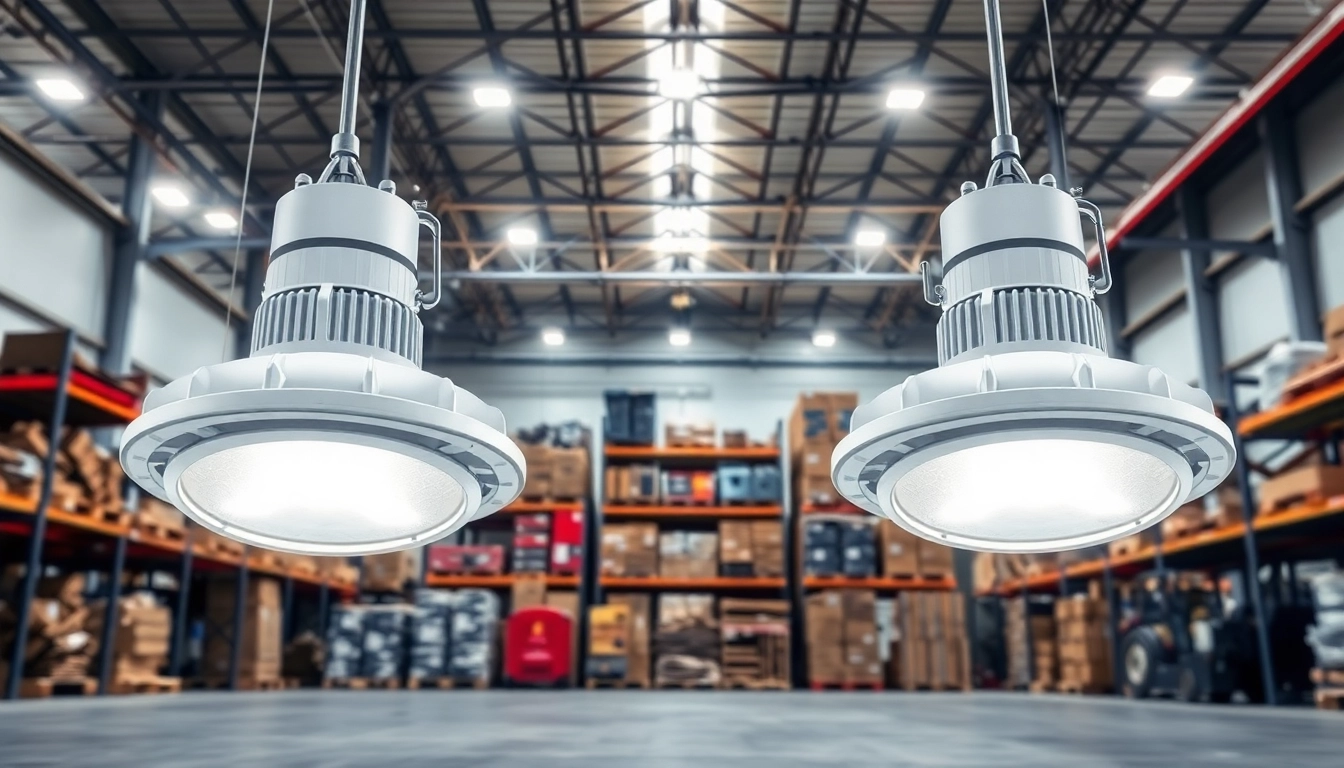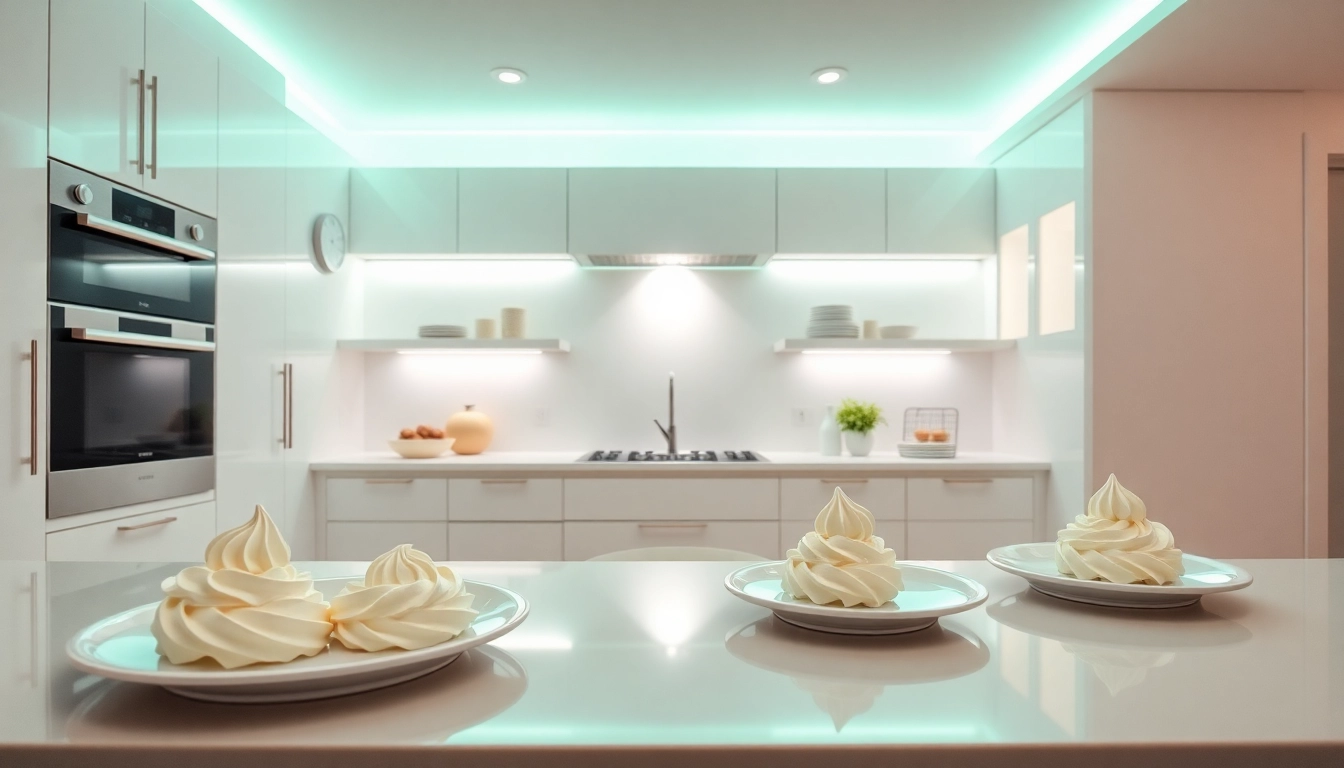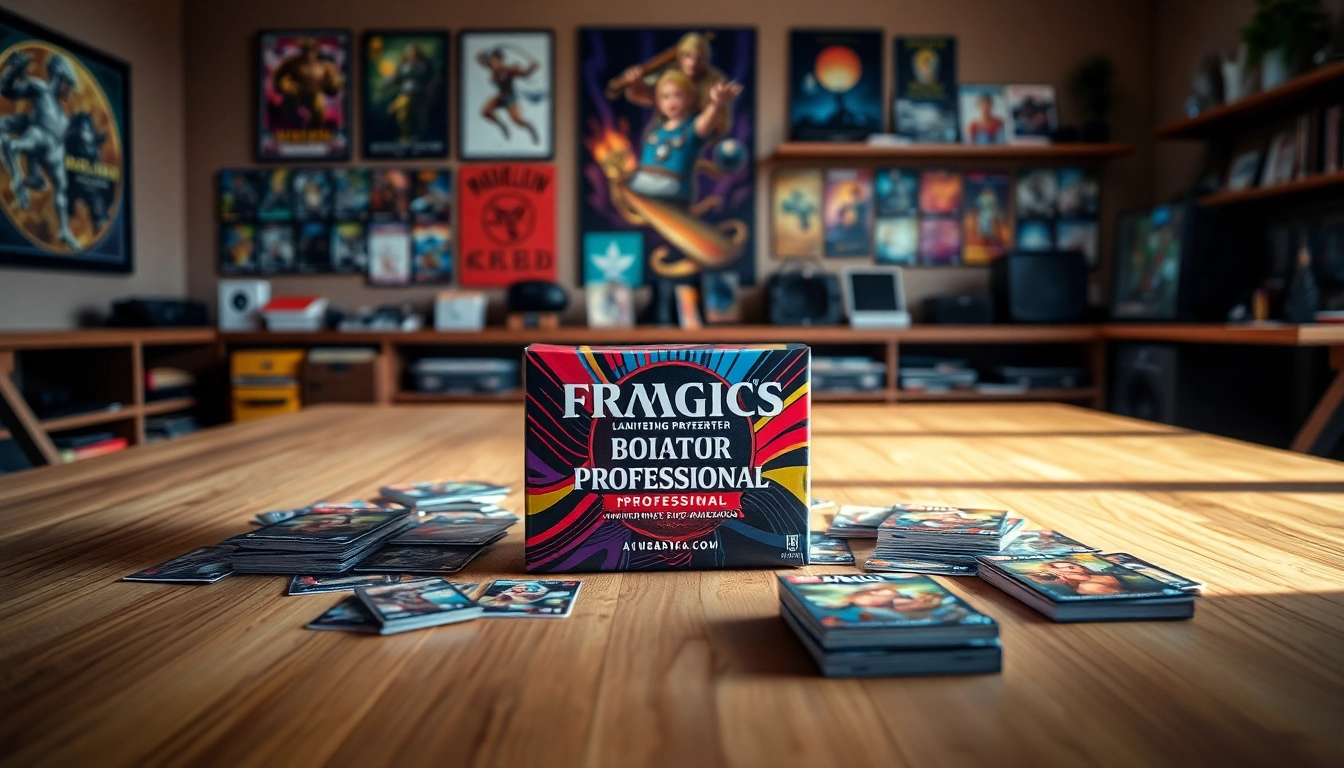Understanding Vapor Tight Light Applications
What is a Vapor Tight Light?
A Vapor Tight Light is a type of lighting fixture specifically designed to withstand harsh environments. These fixtures are engineered to prevent moisture, dirt, and debris from entering the housing, which is essential in locations exposed to adverse conditions. Typically constructed from durable materials such as polycarbonate and featuring sealed gaskets, vapor tight lights offer robust protection that ensures both functionality and longevity.
Unlike standard lighting options, which may be prone to failure in wet or dusty environments, vapor tight lights are built to operate reliably, even when faced with challenging elements. They are often used in locations where traditional fixtures simply cannot perform, such as in food processing plants, outdoor parking structures, and industrial warehouses.
Common Uses of Vapor Tight Light
Vapor tight lights are versatile and can be utilized in various applications. Common uses include:
- Industrial Settings: Factories and manufacturing plants often require reliable illumination in areas prone to moisture and dust.
- Outdoor Areas: Parking garages, tunnels, and outdoor walkways benefit from the durability of vapor tight lights, as they ensure safety during nighttime hours.
- Food and Beverage Industry: In food production areas, maintaining sanitary conditions is crucial. Vapor tight fixtures do not allow the ingress of contaminants, which ensures compliance with health regulations.
- Agricultural Settings: Greenhouses and barns require lighting that can withstand humidity and temperature variations, making vapor tight lights suitable for these environments.
Benefits of Using Vapor Tight Light
The decision to use vapor tight lights comes with several compelling benefits:
- Durability: Built to withstand extreme conditions, these lights resist corrosion, impact, and moisture.
- Energy Efficiency: Many vapor tight lights utilize LED technology, leading to significant energy savings and reduced operating costs.
- Low Maintenance: With their robust construction, these fixtures require less frequent replacement and maintenance compared to standard lighting options.
- Improved Safety: Bright, reliable illumination reduces the risk of accidents in hazardous environments, promoting overall workplace safety.
Choosing the Right Vapor Tight Light for Your Needs
Factors to Consider When Selecting Vapor Tight Light
When selecting a vapor tight light, several key factors should guide your decision:
- Environment: Consider the specific environmental conditions where the light will be installed, including exposure to moisture, dust, or chemicals.
- Brightness and Lumens: Determine the required brightness for your space. Choose a fixture that provides adequate lumens for the intended application.
- Dimensions: Assess the space available for installation. Ensure that the size and shape of the vapor tight light fit within your design parameters.
- Power Source: Identify whether you need a hardwired fixture or one with a plug-in option, depending on your electrical setup.
- Fixture Material: Select materials known for their durability, such as polycarbonate or aluminum, which will stand up to your environment.
Comparing Different Vapor Tight Light Options
There are various styles and specifications of vapor tight lights available on the market, making comparison essential. Factors to look out for include:
- LED vs. Fluorescent: LED options generally offer better energy efficiency, longer lifespan, and lower maintenance compared to traditional fluorescent lights.
- Integrated vs. Separate Fixtures: Some models include integrated drivers, while others allow for greater flexibility in component replacement.
- Color Temperature: Consider the color temperature that will best serve your needs—cool white (5000K) is often preferred for industrial applications for its alertness and visibility.
Cost Considerations of Vapor Tight Light
Cost plays a significant role in the decision-making process when choosing vapor tight lights. Factors impacting price include:
- Initial Purchase Price: Compare the costs among different suppliers and models, considering both upfront and long-term costs.
- Operational Costs: Calculate energy savings with LED versions over time, as they consume considerably less power.
- Maintenance Expenses: Assess how often the fixtures may require replacement or servicing to understand their total cost of ownership.
Installation Guidelines for Vapor Tight Light
Step-by-Step Installation Process for Vapor Tight Light
Implementing vapor tight lights effectively requires an appropriate installation process. Here’s a step-by-step guide:
- Gather Tools and Materials: Before starting, collect all necessary installation tools and materials like screwdrivers, mounting brackets, and electrical connectors.
- Power Off: Ensure that the power supply to the installation site is turned off to prevent any accidents.
- Mount the Fixture: Using the provided brackets, securely mount the vapor tight light to the predetermined location in accordance with the manufacturer’s guidelines.
- Connect Wiring: Follow electrical codes to connect the wiring accurately. If unsure, consult a professional electrician.
- Seal Gaskets: Ensure that all gaskets are properly fitted to prevent moisture ingress, securing the fixture’s integrity.
- Power On: Once installed, restore power and check that the light functions properly.
Essential Tools for Installing Vapor Tight Light
To ensure a smooth installation process, having the right tools is crucial. Essential tools include:
- Drill and drill bits for mounting
- Screwdrivers for securing the fixture
- Wire strippers for preparing electrical connections
- Voltage tester to ensure safe wiring practices
- Level to ensure proper alignment during installation
Safety Precautions When Installing Vapor Tight Light
Safety should always be the top priority during installation. Adhere to the following precautions:
- Wear appropriate safety gear, including gloves and goggles.
- Verify that the power supply is disconnected before starting work.
- Follow all local electrical codes and guidelines relevant to your installation.
- Consult with a qualified electrician if there are uncertainties in electrical connections or placement.
Maintenance Tips for Vapor Tight Light Fixtures
Regular Inspection and Cleaning of Vapor Tight Light
To ensure optimal performance and longevity, regular inspection and maintenance are critical:
- Conduct a visual inspection every few months to identify any signs of wear or damage.
- Clean the fixture regularly to remove dust and grime, which can impact light output.
- Check gaskets and seals to ensure they are intact and functioning appropriately.
Common Issues and Troubleshooting Vapor Tight Light
While vapor tight lights are designed for durability, issues can still arise. Common problems include:
- Flickering Light: This could indicate a loose connection or failing driver. Ensure connections are tight and functioning.
- No Light: If the fixture does not turn on, check the power supply and connections. Replace any faulty components as necessary.
- Moisture Build-up: If moisture is observed inside the fixture, inspect seals and gaskets for damage and replace as needed.
When to Replace Your Vapor Tight Light
Knowing when to replace your vapor tight light can save money and improve efficiency. Consider replacement if:
- The light output has dwindled significantly.
- Visible damage to the fixture compromises its integrity.
- The fixture fails to turn on after necessary troubleshooting has been performed.
- It has reached the end of its expected lifespan or shows signs of significant wear.
Enhancing Efficiency with Vapor Tight Light Innovations
Latest Technologies in Vapor Tight Light
The field of vapor tight lights continues to evolve, incorporating cutting-edge technologies that enhance performance:
- Smart Lighting Features: Integration of IoT technology allows for remote control and monitoring, boosting energy savings and operational efficiency.
- High-Efficiency LEDs: Newer LED technology provides improved brightness and energy savings, outperforming previous models.
- Enhanced Thermal Management: Innovations in thermal management extend the lifespan of fixtures and maintain efficiency under challenging conditions.
Energy Savings with Modern Vapor Tight Light
Modern vapor tight lights are designed with energy efficiency in mind, making them an eco-friendly option. The benefits include:
- Reduced energy consumption due to advanced LED technologies.
- Decreased heat output leading to lower cooling costs in enclosed spaces.
- Longer lifespans leading to less frequent replacements, ultimately saving resources.
Future Trends in Vapor Tight Light Design
As the demand for energy efficiency and sustainability grows, future trends in vapor tight light design are likely to focus on:
- Integration with renewable energy sources, such as solar power.
- Advanced smart controls that optimize energy use based on environmental conditions.
- Modular designs that allow for easy upgrades and changes without complete fixture replacement.



